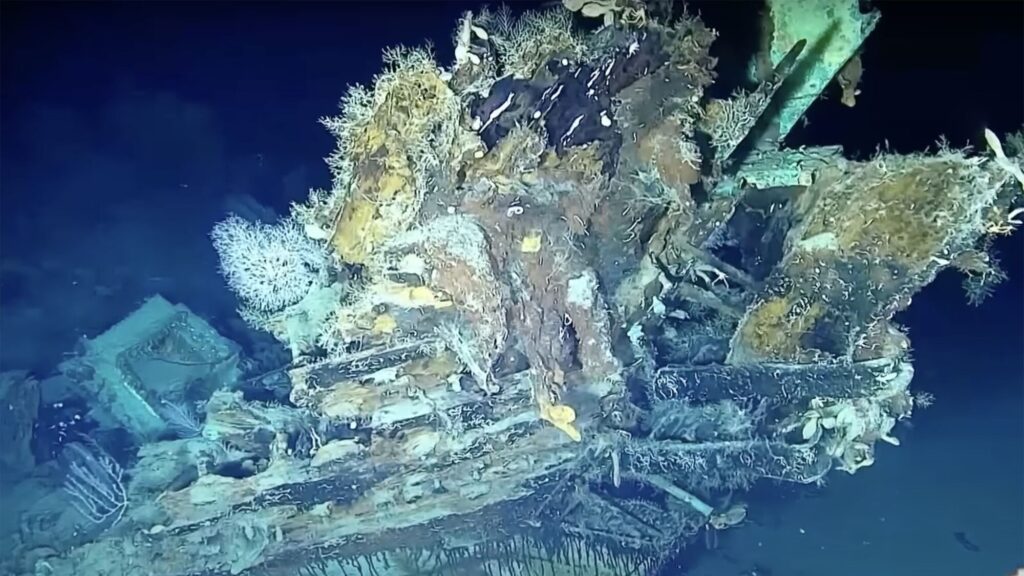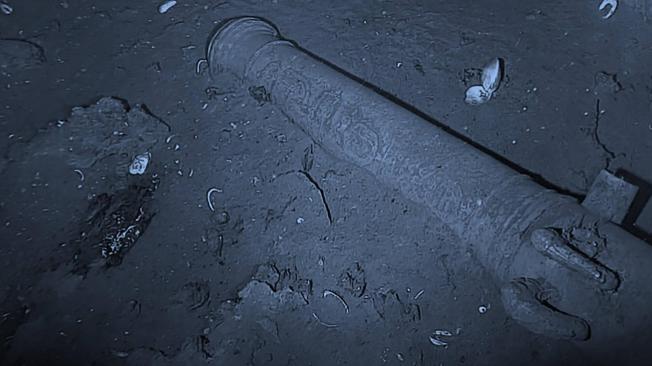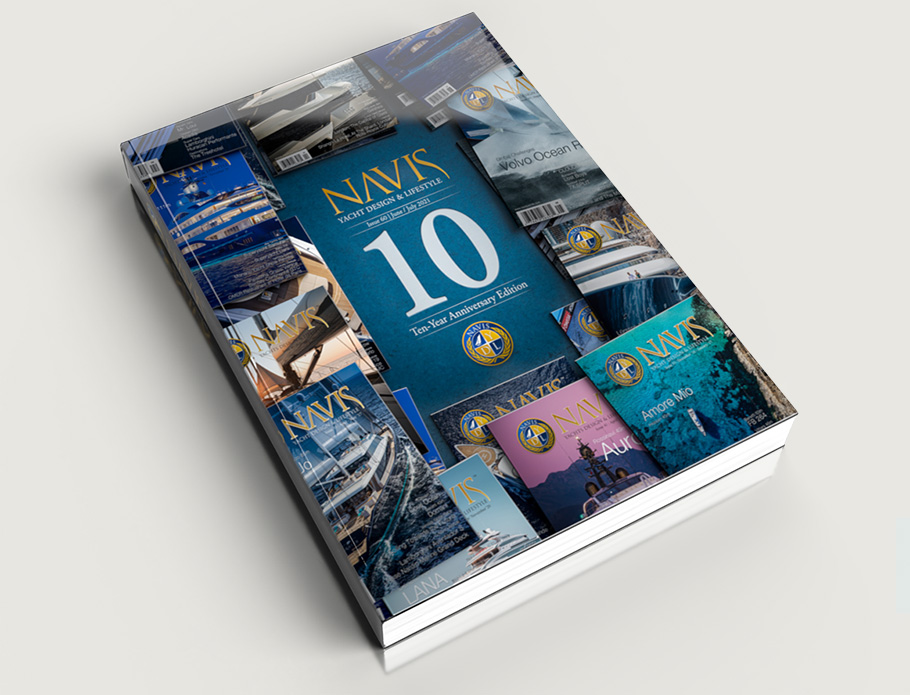Galeón San José: Colombia's Ambitious Quest for a Sunken $15 Billion Treasure˝
Cartagena, Colombia - A monumental chapter in maritime archeology and treasure hunting is unfolding off the coast of Colombia. The government has announced an ambitious expedition to explore and potentially recover treasures from the Galeón San José, a 62-meter-long Spanish galleon sunk by British pirates in 1708. The ship's cargo, believed to include over 11,000 gold coins, emeralds, and other valuables from the Spanish colonies, is currently valued at over $15 billion.
The Galeón San José, which set sail from Cartagena de Indias carrying wealth destined for King Philip V of Spain, met its watery grave with at least 500 people on board. Its discovery by the Colombian National Navy and the Colombian Institute of Anthropology and History on November 27, 2015, sparked a frenzy of excitement and international disputes over the ownership of the sunken treasures.
The 2024 Expedition
Colombian Culture Minister Juan David Correa has announced that the first dive to the shipwreck will take place between March and May 2024. This groundbreaking mission aims to extract some of the artifacts for scientific analysis and potentially set the stage for a second, more extensive exploration. The operation will involve archeologists, scientists, and the Colombian Navy, who will convene in Cartagena in February 2024 to discuss the project's details.
Legal Battles and Cultural Heritage
This expedition is not without its controversies. Sea Search Armada (SSA), an American treasure-hunting company, has lodged a multimillion-dollar lawsuit against the Colombian government, claiming rights to half of the treasure. They assert that they located the wreck in the 1980s and that a Colombian court ruling entitled them to a share of the find. Colombia, however, has declared the Galeón San José a national cultural asset, which complicates the legal scenario.
Spain's Claim and Colombia's Stance
Spain has also laid claim to the treasure, citing the ship's origin. However, Colombia counters that the artifacts are part of its cultural heritage, lying within its territorial waters. The Colombian government's stance is further bolstered by their 2019 declaration of the Galeón San José as a national cultural interest, a move aimed at preserving and eventually displaying the artifacts in a museum.
International Implications and the Future
The Galeón San José's case is not just about treasure; it's a complex web of cultural heritage, legal disputes, and international relations. The upcoming expedition promises to shed light on a significant historical event and potentially unravel the mysteries that have been lying at the bottom of the Caribbean Sea for over three centuries.
As the world watches, Colombia prepares for an underwater adventure that could redefine our understanding of colonial history and underwater archaeology. The findings from the Galeón San José could offer invaluable insights into the past, but they also pose questions about the future of such treasures and their role in the modern world.
Nov 6, 2023
In the annals of maritime history, few tales have ignited the flames of imagination and controversy quite like the saga of the San José. The Spanish galleon, resting in its watery grave off the Caribbean coast since 1708, is not just an echo from the past, but a siren call for treasure hunters, historians, and governments alike. Today, that call is louder than ever, as Colombia plans to resurrect this ‘Holy Grail’ of shipwrecks from its silent abyss.
The San José, a 62-gun behemoth of the seas, was lost to the depths during a heated skirmish with the British navy amidst the global chess game of the War of the Spanish Succession. Laden with a king's ransom – 200 tonnes of precious metals and 11 million gold coins, she symbolized the wealth of empires and the lure of the New World. Her payload, drawn from the rich veins of Bolivia and the emerald eyes of Colombia, has lain untouched, guarded only by fish and the flow of currents, for over three centuries.
The drama that unfolds on the ocean floor mirrors that of the seas above. In 1981, a beacon of hope flashed when the US salvage consortium Glocca Morra claimed to have pinpointed the San José's resting place, offering a handshake to the Colombian authorities that would see history and fortune split down the middle. But in a twist befitting a pirate’s tale, the waters muddied with disputes over the ship’s true discoverer, with Colombia asserting a 2015 find at an undisclosed locale.
Juan Manuel Santos, Colombia’s then-president, hailed the discovery as a milestone in underwater heritage, a sentiment echoed in the chambers of maritime history. Yet, what lies beneath is more than a mere vessel; it is a vault of cultural significance and an anchor of sovereign claims. The saga is not without its David versus Goliath battle, with Glocca Morra's current arbitrage in London, claiming a staggering $10bn from Colombia for the treasure's recovery rights.
Ownership of the San José is a tapestry woven with intricate threads. Spain’s fingers reach out, claiming ancestral rights, while the indigenous Qhara Qhara of Bolivia remind the world of the blood and sweat infused into the precious cargo, extracted under colonial duress.
Emerging from the deep, images captured in 2022 evoke a haunting beauty—a bow embraced by algae, cannons silenced and enshrouded in mud, and a Chinese dinner service, oddly intact amidst the decay. These snapshots bridge time, telling a story of both grandeur and the grim reality of maritime warfare. Over 600 souls were claimed by the sea that fateful day in 1708, leaving but 11 to tell the tale.
Colombia, under the directive of President Petro, is accelerating the ship's recovery with renewed vigor, aiming to surface the past within the narrow time window before 2026. Culture minister Juan David Correa's statements to Bloomberg underscore the urgency of the mission, perhaps hinting at the multifaceted motivations behind it—national pride, economic boon, and a complex legal chess game.
The San José's final journey from Panama to Colombia was cut short, but its story is far from over. As salvage teams prepare to lift the galleon from her silent watch, questions loom. What will the recovery of such a treasure mean for the stakeholders above the water? How will Colombia navigate the international disputes that are sure to arise? And, perhaps most intriguingly, what further secrets does the San José hold in her belly, ready to whisper to the world above after centuries of silence?
In a story where history, treasure, and modern diplomacy intertwine, the San José stands as a testament to the timelessness of human ambition and the enduring allure of the unknown. The world watches, with bated breath, as Colombia prepares to unfurl the sails of history and bring the San José into the light of the 21st century.





